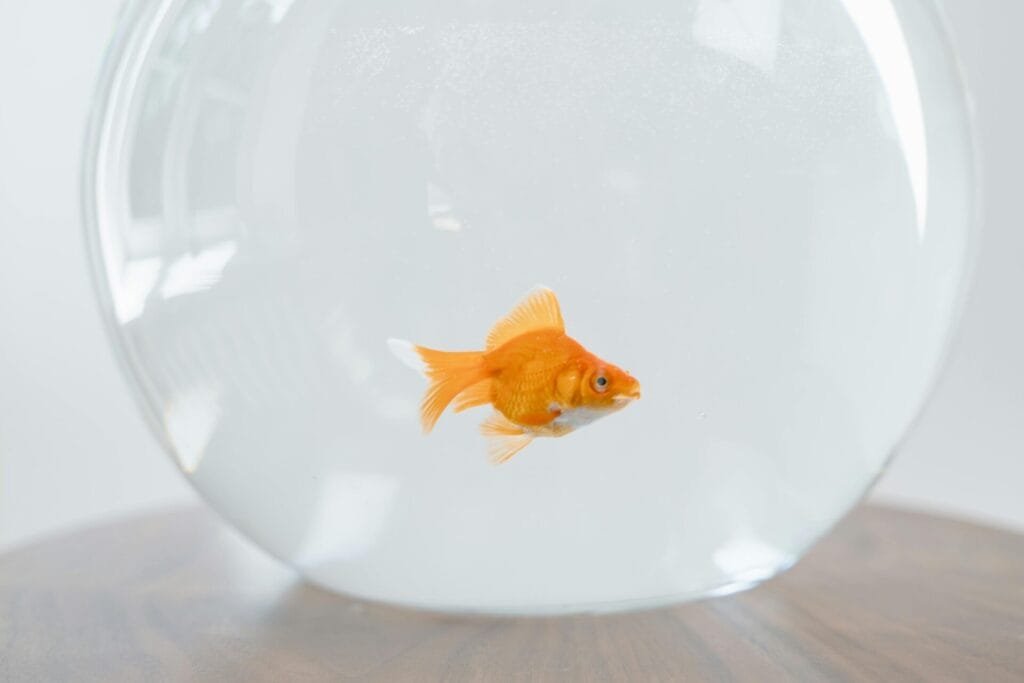Are you curious about how to tell if a fish is male or female? Fish gender identification can be an interesting and useful skill for aquarium enthusiasts. By understanding the differences between male and female fish, you can better care for them and create a harmonious environment in your tank.
In this article, we will guide you on how to determine the gender of your fish. Whether you have goldfish, betta fish, koi fish, guppies, or cichlids, we will explore various techniques and characteristics that can help you identify male and female fish.
So, if you’re ready to dive into the fascinating world of fish gender identification, let’s get started!
Easy Tricks to Identify Male and Female Fish
Determining the gender of a fish can be done through various tricks and techniques. Let’s explore some effective methods to identify the sex of your fish.
1. Observing Color:
One common way to distinguish male and female fish is by observing their coloration. Male fish are often more vibrant and colorful compared to females. This is because bright colors help them attract mates during the breeding season. For example, male betta fish display vibrant hues and intricate patterns to woo females and establish dominance in their territory.
2. Comparing Size:
Another trick is to compare the size of fish, especially during the spawning season. Female fish tend to be larger and rounder as their bodies prepare for egg production. On the other hand, males may appear smaller and more streamlined. This size difference can be particularly noticeable in species like guppies and angelfish.
3. Physical Characteristics:
In addition to color and size, certain fish species exhibit physical characteristics that can help differentiate between males and females. Here are some notable examples:
| Fish Species | Males | Females |
|---|---|---|
| 1. Guppies | Males have vibrant colors, longer and pointed anal fins. | Females have less intense colors, shorter and rounded anal fins. |
| 2. Goldfish | Males have slender bodies, breeding tubercles on their gill plates. | Females have rounder bodies, thicker and more rounded vent area. |
| 3. Angelfish | Males have elongated anal and dorsal fins. | Females have shorter and more triangular fins. |
By observing these unique physical characteristics, you can accurately determine whether a fish is male or female.
Image: Example of male and female fish – The vibrant colors and unique physical characteristics differentiate between the sexes.
Remember that sexual dimorphism, or the visible differences between males and females, can vary greatly across fish species. It is essential to research the specific traits of your fish to ensure accurate sex identification.
By using these tricks and techniques, you can confidently determine the gender of your fish. This knowledge enhances your understanding of fish behavior, enables breeding programs, and helps create balanced and harmonious aquarium communities.
Identifying Gender in Different Fish Species
Different fish species have unique characteristics that can help you determine their gender. Understanding these differences is essential for proper care and breeding. Let’s explore some common fish species and the key factors that distinguish male from female.
Goldfish
Goldfish are popular for their vibrant colors and graceful movements. When it comes to gender identification, male goldfish are typically brighter and more colorful than females. They often display longer and more elaborate fin shapes compared to their female counterparts. Female goldfish, on the other hand, have rounder and thicker bodies, especially during the breeding season. Observing these physical traits can help you determine the gender of your goldfish.
Betta Fish
Betta fish, also known as Siamese fighting fish, are prized for their stunning colors and flowing fins. Distinguishing between male and female bettas is relatively straightforward. Male bettas have long, flowing fins that create an elegant appearance. Females, on the other hand, have shorter and stubbier fins. The difference in fin length is a key indicator when identifying the gender of betta fish.
Koi Fish
Koi fish are prized for their beauty and grace. When it comes to gender identification, size and body shape are the main factors to consider. Female koi fish are generally larger and rounder than males. During the breeding season, females may appear even more swollen due to the development of eggs. Males, on the other hand, tend to be smaller and skinnier. By observing the size and body shape of your koi fish, you can determine their gender.
Guppy Fish
Guppies are small, colorful fish that are commonly found in aquariums. To identify their gender, pay attention to the anal fins. Male guppies have long, pointed anal fins, which they use to transfer sperm during reproduction. Females, on the other hand, have shorter and wider anal fins. By examining the length and shape of the anal fins, you can easily determine whether your guppies are male or female.
Cichlid Fish
Cichlids are a diverse group of fish known for their vibrant colors and interesting behaviors. Gender identification in cichlids can be based on several factors. Male cichlids often exhibit more intense coloration compared to females. They may also have larger dorsal fins and a prominent bump or hump on their head. Females, on the other hand, tend to have less vibrant coloration and lack the distinctive bumps or humps. By observing these characteristics, you can determine the gender of your cichlid fish.
Understanding the gender differences in different fish species is important for creating a harmonious aquarium and facilitating successful breeding. By paying attention to specific physical traits, such as color, fin shape, body size, and head characteristics, you can accurately determine the gender of your fish.
| Fish Species | Male Characteristics | Female Characteristics |
|---|---|---|
| Goldfish | Brighter colors, long and elaborate fins | Rounder and thicker bodies |
| Betta Fish | Long, flowing fins | Short and stubby fins |
| Koi Fish | Smaller and skinnier bodies | Larger and rounder bodies, swollen appearance during breeding season |
| Guppy Fish | Long and pointed anal fins | Short and wide anal fins |
| Cichlid Fish | Intense coloration, larger dorsal fins, prominent head bump | Less vibrant coloration, no head bump |
Fish that Change Gender
Some fish species have fascinating abilities to change their gender naturally. These unique fish are known as sequential hermaphrodites and simultaneous hermaphrodites, showcasing remarkable biological adaptations.
Sequential Hermaphrodites
One example of sequential hermaphroditism is seen in clownfish. These colorful and captivating fish start their lives as males. However, when the dominant female in the group dies, the largest male undergoes a male to female sex change. This change allows the new female to become the leader of the group and take on reproductive responsibilities.
Another example of sequential hermaphroditism is observed in Asian sheepshead wrasse and black porgy. These fish begin their lives as females and transition into males as they mature. This change enables them to maximize their reproductive success by increasing their chances of finding a suitable mate and protecting their territory.
Simultaneous Hermaphrodites
Salmon and black sea bass are examples of simultaneous hermaphrodites. These fish have both male and female reproductive organs, meaning they possess both ovaries and testes at the same time. They have the unique ability to change their role, switching between producing eggs and fertilizing them based on the breeding environment and availability of mates. This flexibility allows them to adapt to changing circumstances and increase their chances of successful reproduction.
This natural phenomenon of gender change in fish adds to the diversity and complexity of aquatic life, showcasing the incredible adaptability and survival strategies found in nature. Understanding these unique characteristics contributes to a deeper appreciation for the wonders of the underwater world.
Conclusion
Determining the gender of your fish can be a fascinating and rewarding endeavor for aquarium enthusiasts. By utilizing the tricks and techniques highlighted in this comprehensive fish gender identification guide, you will have the confidence to distinguish whether your fish is male or female.
Understanding the differences between male and female fish not only enhances your knowledge of these aquatic creatures but also adds to the overall enjoyment of keeping fish as pets. By observing specific physical characteristics such as color patterns, size variations, and distinct features, you can successfully differentiate between the sexes of various fish species.
Whether you have goldfish, betta fish, koi fish, guppies, or cichlids, this guide provides valuable insights into the specific traits that can help you identify the gender of your beloved aquatic companions. Additionally, you’ve learned about the intriguing phenomenon of fish that naturally change their gender, adding another layer of fascination to the world of underwater life.
Now armed with the knowledge and techniques shared in this fish gender identification guide, you can confidently determine the gender of your fish, deepening your connection with these beautiful creatures and ensuring their well-being in your aquarium.


